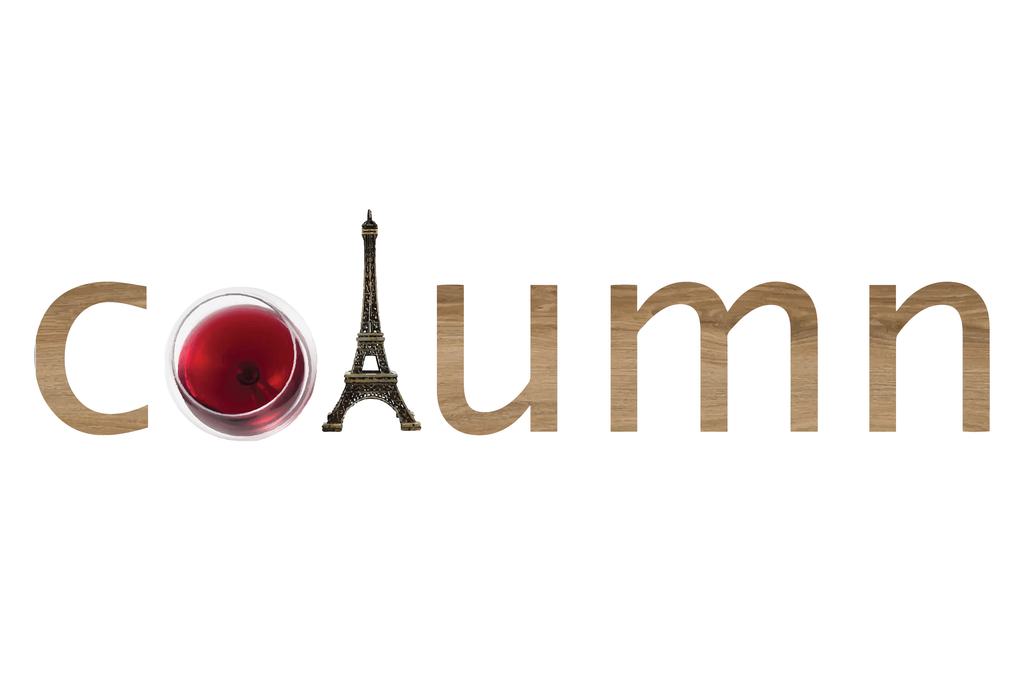The reduction of nitrogen and ammonia emissions is in the spotlight because of the farmers' protests. In recent months, on account of two laboratory projects, I have been regularly in the city where the foundations of this policy were laid: Paris. It is refreshing and interesting to see what Paris has done to achieve its objectives.
For example, they aim to reduce the CO2 footprint by requiring that all government buildings be constructed of at least fifty percent wood or other materials of biological origin; making it more ambitious than Amsterdam's goal of twenty percent. It seems to be working, because we are witnessing a remarkable amount of wood constructions being built in the French capital and in our design assignments as well. The Parisian standard is leading to surprising solutions.
However, there is also a backlash; fire regulations in Paris have recently been tightened, as a result of which virtually all wood is fully clad and concealed from sight. This requires extra labour and material, and undermines the purity, circularity and visual appeal of wood. Some urban districts even actively work against the choice of a wooden façade finish because they find - sustainable - unfinished wood unattractive, due to its uneven ageing and maintenance intensity.
Fortunately, there are also exemplary projects, such as the award-winning timber house built by our local partner Mars Architectes in a Paris courtyard. Here, the timber façade construction is protected by overhangs, while only the ends exposed to the sun and rain are treated.
Perhaps it was due to the summer day heat, but when I visited this project, I was particularly struck by the new, lush green garden that had been laid out around the wooden residential building. This carefully chosen garden plan is part of another active Paris policy. More and more streets in the city are being made car-free, with trees placed on both sides, and all parking spaces on one side being replaced by planting. And these are not a few low-maintenance shrubs, as in the Netherlands, but a diversity of flowers and shrubs: a refreshment of sound, temperature, humidity and image. So there are still quite a few French lessons to be learned.
Ronald Schleurholts,
architect-partner cepezed
Cobouw, 5 august 2022
French lesson
